
The European Union's Parliament and Council have reached an agreement to cut the amount of GHGs in the energy they use by 2% below the 2020 level of 91.16 grams of CO2 per megajoule (MJ) as of 2025.
MEPs also agreed to GHG reductions of:
This would apply to ships above 5000 gt, which are estimated to be responsible for 90% of CO2 emissions, and to all energy used on board in or between EU ports.
RFNBO: The deal gives more credits, as an incentive, in the form of offsetting emissions to ship owners who use renewable fuels of non-biological origin (RFNBO) from 2025 to 2034.
Shore power: Containerships and passenger ships will be obliged to use onshore power supply for all electricity needs while moored at the quayside in major EU ports as of 2030.
What they said: Swedish MEP Jörgen Warborn commented: "This agreement sets out by far the world’s most ambitious path to maritime decarbonisation. No other global power has drafted such a comprehensive framework to tackle maritime emissions. This is truly ground-breaking.”
'Loopholes': T&E warned that "loopholes" in the law risked "letting biofuels and low-carbon fuels in the backdoor".
Next steps: For the law to be approved, it will need to be ratified by the Council Committee of Permanent Representatives, Parliament's Transport and Tourism Committee, and then the Parliament and Council as a whole.
Fit for 55: New rules on alternative fuel infrastructure and maritime fuel are part of the 'Fit for 55 in 2030 package', which is the EU's plan to reduce greenhouse gas emissions by at least 55% by 2030 compared to 1990 levels in line with European Climate Law.
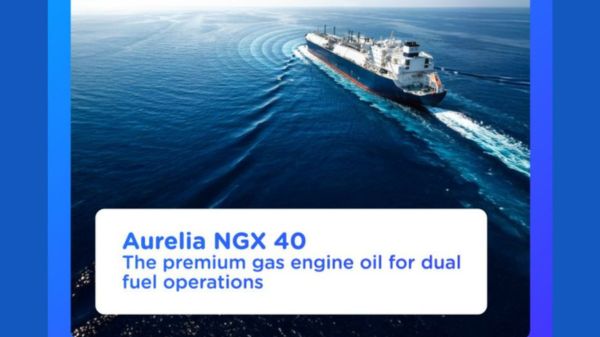
|
Lubmarine launches dual-fuel engine oil for gas operations
TotalEnergies unit claims product enables extended service life and reduced maintenance costs. |
|
|
|
||
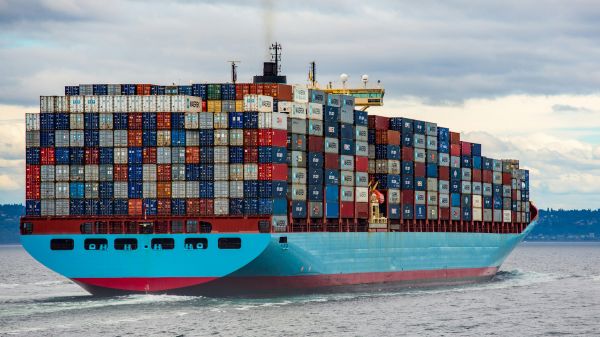
|
DNV clarifies FuelEU Maritime flexibility mechanisms ahead of first reporting deadline
Classification society explains banking, borrowing, and pooling options for vessel compliance balances. |
|
|
|
||
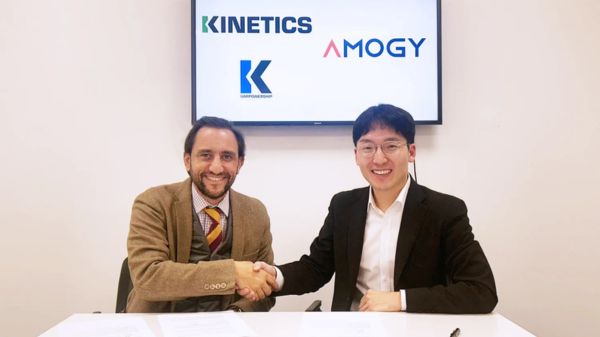
|
Kinetics invests in Amogy to deploy ammonia power for floating infrastructure
London-based Kinetics backs ammonia-to-power firm to develop zero-emission solutions for Powerships and data centres. |
|
|
|
||

|
Maria Skipper Schwenn steps down from IBIA board
Danish Chamber of Commerce role prompts departure after eight months on association's global board. |
|
|
|
||

|
Corvus Energy unveils LFP battery system for marine applications
Battery supplier targets lower lifecycle costs and 15-year lifespan with Blue Whale NxtGen. |
|
|
|
||

|
Norwegian Viva receives waste-based biofuel in Piraeus through World Fuel-EKO collaboration
World Fuel Services coordinates delivery as Norwegian Cruise Line Holdings extends biofuel programme. |
|
|
|
||
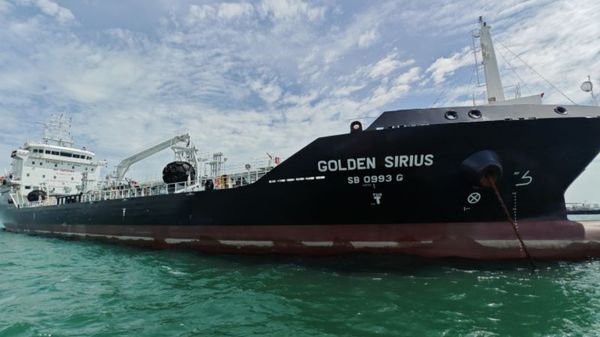
|
Golden Island delivers B100 biofuel to Maersk vessels in Singapore
Golden Island completes two UCOME biofuel deliveries to containerships in October and November. |
|
|
|
||
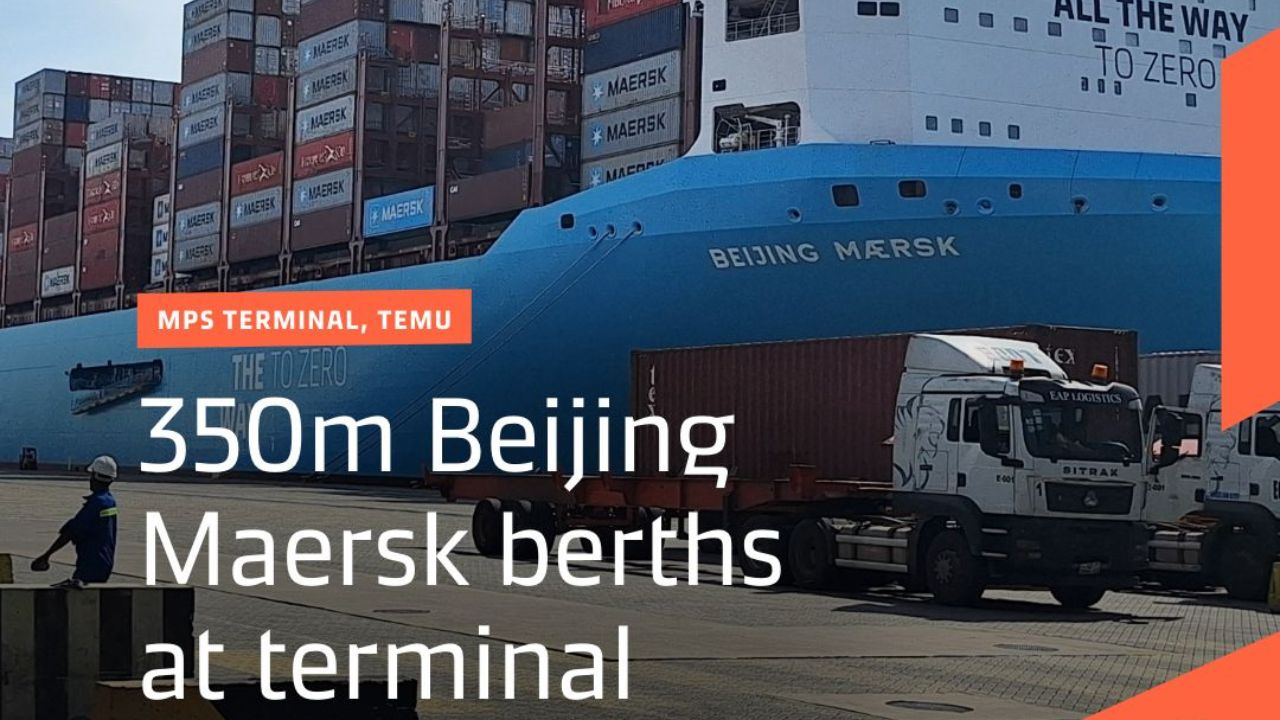
|
Beijing Maersk becomes largest vessel to call at Ghana's Tema Port
Maersk's dual-fuel methanol ship highlights West Africa's transshipment potential and decarbonisation efforts. |
|
|
|
||

|
Saudi Arabia bans open-loop scrubber use with HSFO at its ports
Ships must switch to compliant fuel or closed-loop systems, GAC advises. |
|
|
|
||

|
IMO to host technical seminar on marine biofuels in February 2026
International Maritime Organization opens speaker nominations for London event focused on low-GHG fuel adoption. |
|
|
|
||
| 25 years of air pollution regulations [News & Insights] |
| Med ECA approved; zero 2050 target gains traction [News & Insights] |